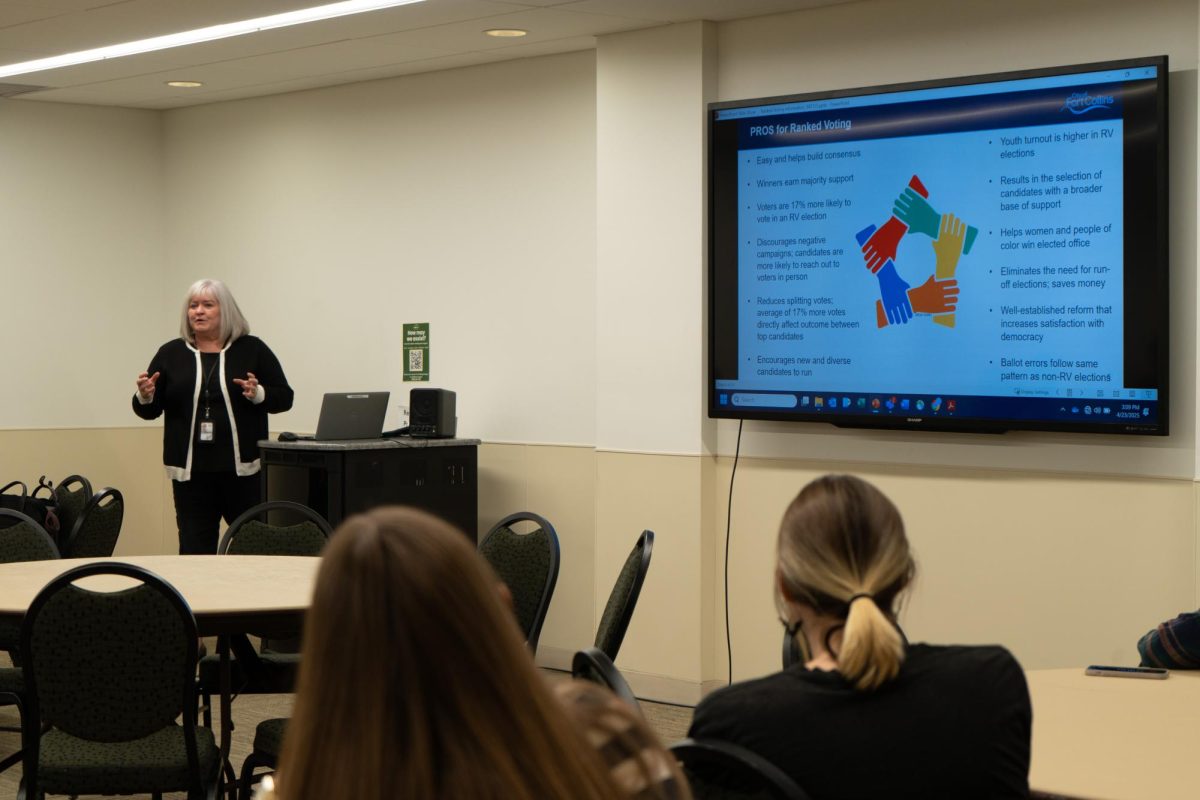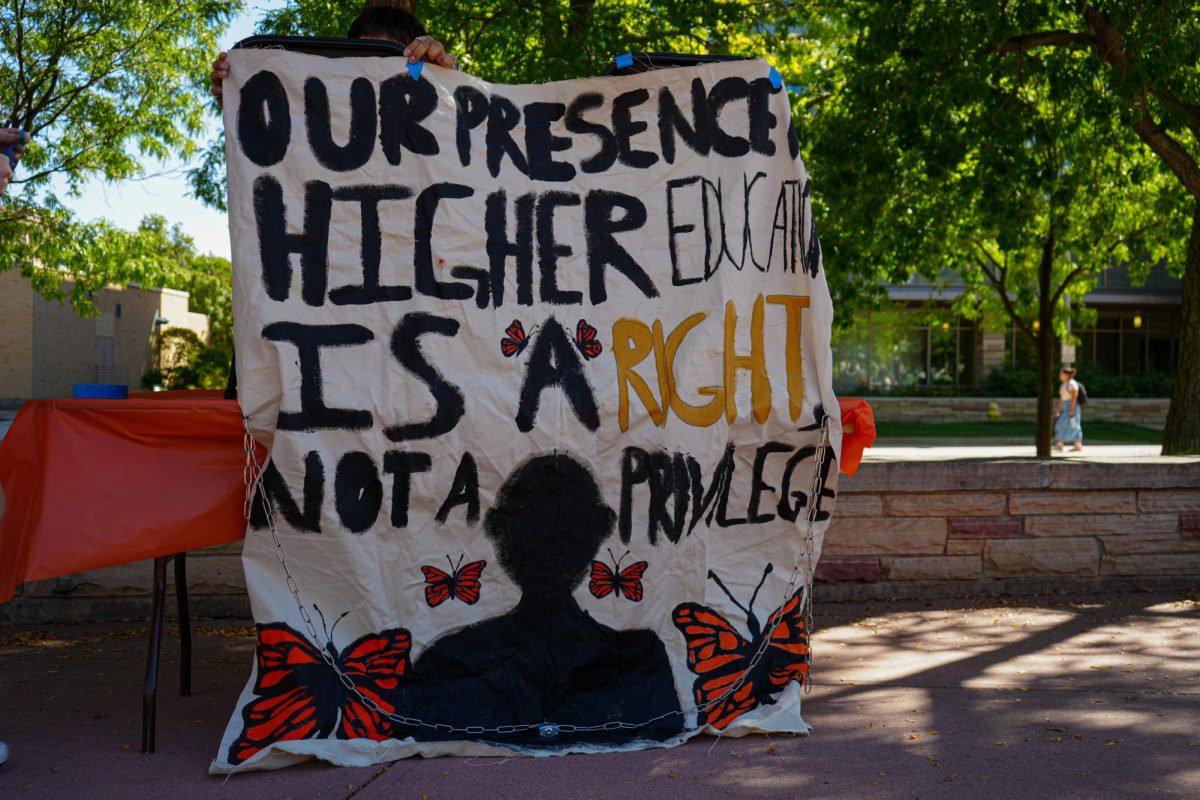
Fort Collins is alive with the sound of trains. Day and night, one might hear its commanding horn or get stopped at a crossing. The ubiquitous train has been a part of the city’s fabric since the 1870s, and the relationship has been a complicated one.
Several railroad lines run through the city. The most prominent line is the Burlington Northern Santa Fe line, which runs down Mason Street, past the Colorado State University campus, and through the edges of Old Town. The line sees about nine trains daily, according to an article in the Coloradoan.
The city has tried and failed to establish a quiet zone near the area where the trains run. The proposed zone would have run from Old Main Drive on the CSU campus to Cherry Street north of the intersection with College Avenues. Trains would be prohibited from blowing their horns within the zone.
The proposal was rejected by the Federal Railroad Administration, due to significant safety hazards. In particular, the FRA cited the absence of railroad crossing gates.
With the failed quiet zone effort and the ever-steady train activity, the trains have an impact on nearby residents and businesses.
Tedla, an employee of the Alley Cat Café on Laurel, just a stone’s throw from the tracks, said the train adds a cool element.
“Most towns don’t have a train running through the streets,” he said.
He added that the train added an eclectic vibe to Fort Collins.
Unequivocal support for the train was in the minority.
Connor Garland, associate director of Everyday Joe’s Coffee House on Mason Street described his relationship with the train as regular – and complicated. He said the train has unique role in the community, but said he has issues with the volume of the horns and the railroad’s lack of general etiquette.
“(The trains are) annoying and disruptive,” Garland said.
Garland said some engineers were far more considerate than others, blowing their horns only moderately, and suggested the engineers rethink the lengthy horn blasts at each crossing.
“We need to have rules making sure the horn is below a certain amount of decibels,” Garland said.
In addition to the temporary disruption to patrons, Garland also believed that the train has had adverse impacts on business. He said the train was disruptive to commerce on Mason Street and he cited the high turnover of businesses in this particular area.
“While it’s not causal, there’s definitely a correlation,” he said.
Garland is not the only one with a complicated relationship with the train.
Colleen Canty, a CSU alumna, is a patron of Everyday Joe’s Coffee House. Canty said the train horns have nearly caused her to fall from her bike. Canty believes reducing the speeds at which the trains travel would allow the trains to travel more safely, thus reducing the need for the loud horns.
At the same time, Canty said there is a certain romanticism to the train’s presence, something that recalls the past.
“I like the idea of our lives being interrupted, of our routines being interrupted. It gives us good practice to be able to adapt,” Canty said. “(The trains are) a vestigial piece of old times.”
Collegian news reporter Mir-Yashar Seyedbagheri can be reached at news@collegian.com or on Twitter @dudesosad.











Jay Bee • Sep 1, 2017 at 11:54 pm
Very fine article….Yes….Trains are a large part of the fabric that Fort Collins has grown from….The Heart of the City, or a good part of it, revolved around rail traffic. The lonesome whistles of the 40’s and 50’s as the Colorado and Southern Railroad, then the Burlington Northern, and now the BNSF, with the irritating horns, and everlasting bells ringing in the night. Where else can you dine, shop, or do your laundry, as a train moves past not 20 feet away. It is all part of the lore of this fine city, and former college town, and now mega city with a university.
w.c. bratz • Aug 6, 2017 at 9:18 am
Excellently written, unbiased article by Mir-Yashar Seyedbagheri.
Pete Bonner • Aug 5, 2017 at 6:07 pm
The city of Fort Collins refuses to build underpasses like a normal city. This is because the city is so wrapped up in U.N. Agenda 21. The city thinks automobiles will go away if they just make travel by automobile harded. I guess you could say CSU subscribes to the same failed agenda.
Antony Di Rocco • Aug 4, 2017 at 12:34 pm
yea Colleen, lets slow down the trains so you wait 30 minutes for them to pass